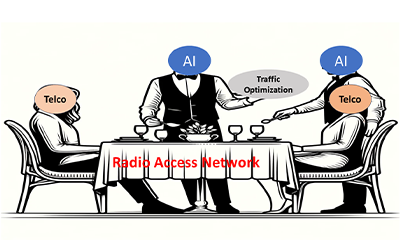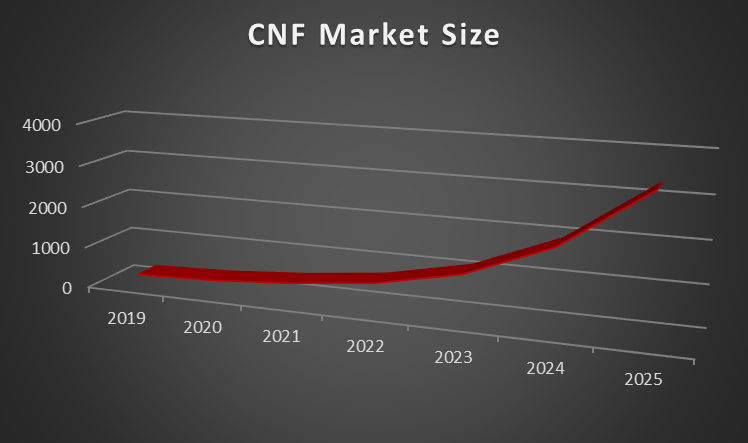India – Don’t forget 5G!

I recently conducted a poll on the prospects of 5G roll-out in India. I basically tried to gauge the perception about the availability of 5G in India - on or before 2021; or after that. Expectedly, the overwhelming response was the latter. India has too many challenges to surmount before 5G can make an appearance - the auction process, the operator finances and the choice of vendors. Each of these challenges is a topic for separate discussion.
The uncertainty surrounding 5G in India is unfortunate. 5G does promise higher data rates than its predecessor, but that is not its only advantage.
5G institutionalizes network segmentation or 'slicing' according to the traffic profile.
It is thus possible for low throughput IoT sensor traffic to co-exist with data-intensive video without the network designer breaking into a sweat. For India, which has ambitions of developing world-class manufacturing, logistics, transportation, healthcare, finance and governance frameworks; it is important to have a technology that facilitates the achievement of these objectives.
5G is that technology.
It is thus not entirely accurate to view 5G from the prism of high throughput alone.
From an architectural point of view, 5G rides on a cloud-native framework - a radically different approach from conventional telecommunication network function engineering. Cloud-native functions (CNF) bring together constructs of open source, containers, microservices, RAN and packet switching like none other. We, at Insight Research, recently projected that CNFs will come to occupying close to a fifth of the overall Packet Core and RAN market (virtualized and containerized) by 2025. This transformation was unthinkable a few years ago. This trend also underlines that CNFs are very much a work in progress. Given the sheer scale of India's network deployments, India can influence the way in which network functions are engineered. India can also leverage its enormous developer and designer base in cloud-native technologies. 5G thus presents an unprecedented opportunity for the country.
The timing however is of essence, otherwise the opportunity will be diminished.
One hopes that in the surfeit of challenges that India faces at the moment, the country does not lose track of the promise that 5G holds.
|
RELATED BLOGS

The Table, The RAN, The AI and The Serving

Microservices – The wind beneath the CNF wings

